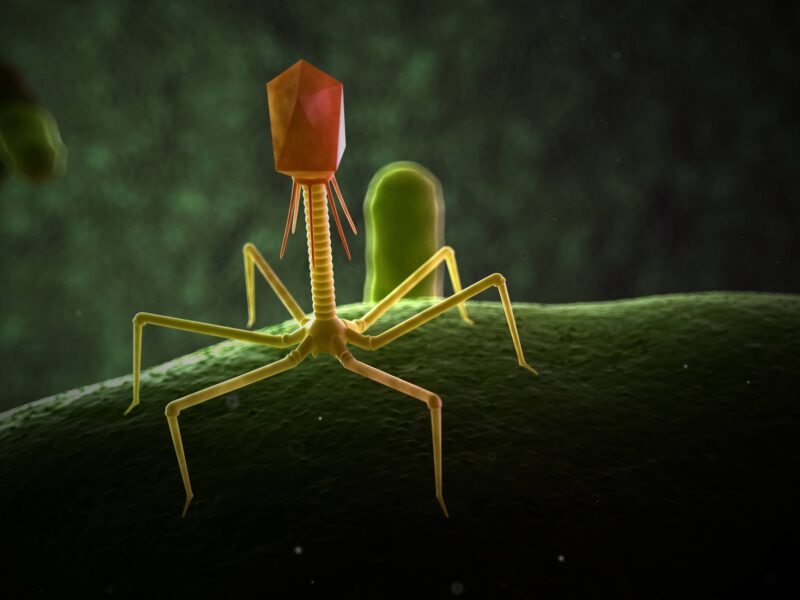Researchers Using Artificial Intelligence In Fight Against Effects Of COVID-19

A team of researchers led by the Department of Computer Science and Engineering at Texas A&M University is looking to help scientists combat the secondary effects of COVID-19 using artificial intelligence (AI) by participating in an open challenge called AI Cures*.
The team is led by Shuiwang Ji, principal investigator and associate professor in the department, and includes students Lei Cai, Meng Liu and Limei Wang.
Hosted by the Abdul Latif Jameel Clinic for Machine Learning at the Massachusetts Institute of Technology, AI Cures aims to contribute to the development new antibiotics to fight emerging antibiotic-resistant bacteria through machine learning.
In a recent study published in The Lancet, scientists observed that a large number of non-surviving adult patients who were severely ill with COVID-19 developed a secondary bacterial pneumonia infection due to significantly depleted lung function. New antibiotics are desperately needed to fight the emerging antibiotic-resistant bacteria that causes bacterial pneumonia, but developing them can take several years and cost more than $1 billion.
The participating teams have been tasked with developing an AI model that can predict if a molecule will be positive or negative for bacterial pneumonia and then be used to identify new antibiotics.
Ji’s team proposes using advanced deep learning and machine learning methods for graph neural networks to achieve this.
“COVID-19 is one of the most contagious pandemics we’ve experienced and it has resulted in a great loss of human life,” Ji said. “Developing new drugs can be an effective way to control the virus, and researchers from all over the world have gotten involved to achieve this. AI Cures provides a platform that brings researchers together to develop AI tools for drug discovery, and as computer scientists it is our honor to contribute to the development of a new drug. Our lab has accumulated many technologies to analyze the properties of molecules, which can be helpful to this project.”
The challenge started in March, and the team began work on the project in May. Their results are currently ranked first on the leaderboard*.
* This link is no longer active and has been removed.
This article by Stephanie Jones originally appeared on the College of Engineering website.





